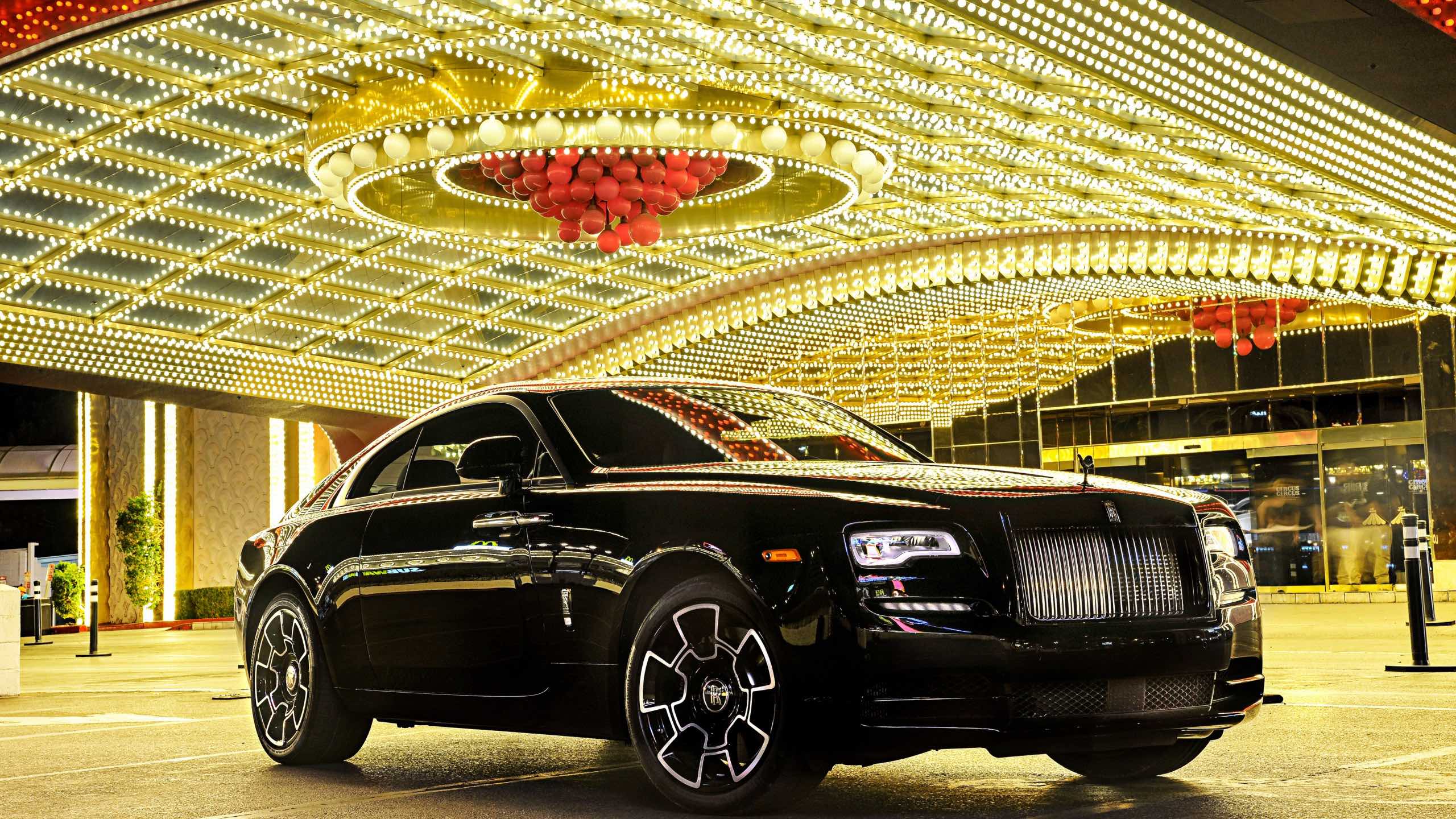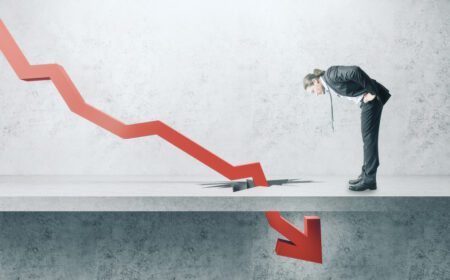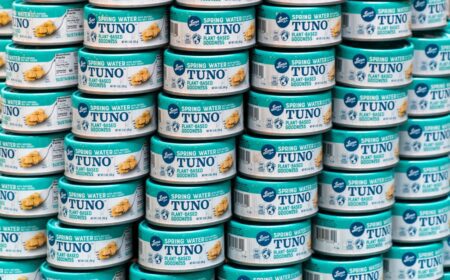Luxury tax

The term refers to a tax applied to certain products that are assumed to be non-essential in nature, or accessible only to those with additional income.
A luxury tax can be designed similar to a sales tax or VAT, imposing a percentage on specific categories of goods. Its primary impact is on affluent individuals since they tend to purchase luxurious items like expensive cars and jewellery. This tax may also be restricted to transactions above a certain threshold, with some US states already employing luxury taxes on high-value real estate deals.
A luxury item can be classified as a Veblen good, characterised by a demand that rises with increasing prices. As a result, implementing a luxury tax might paradoxically lead to a surge in demand for specific luxury goods. Nevertheless, in most cases, since luxury goods have a high income elasticity of demand, the combined impact of the income effect and substitution effect will substantially reduce demand as the tax rate increases.
Luxury taxes can be broadly classified into two types:
- “Sin taxes” are applied to products such as cigarettes and liquor, and they are paid by all consumers, regardless of their income. Individuals who disagree with the tax have the option to refrain from purchasing these items. The government employs this tax to discourage the consumption of such products while simultaneously generating revenue from those who continue to buy them.
- Taxes on goods that are accessible only to the most affluent consumers, who are presumed to have the financial means to bear the additional cost. These taxes are levied on items that cater to the luxury market and target wealthier individuals.









